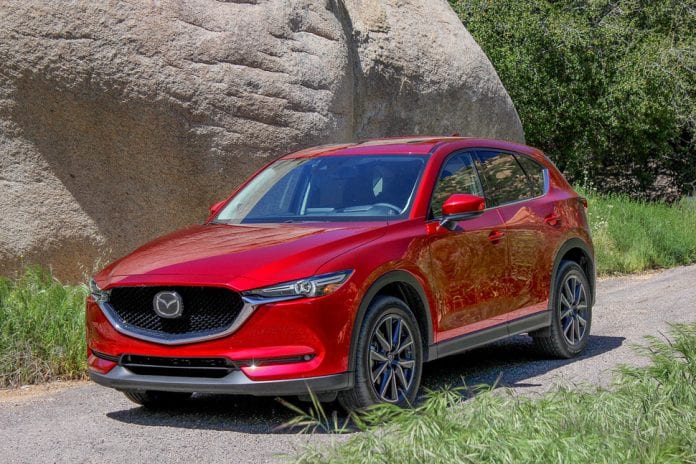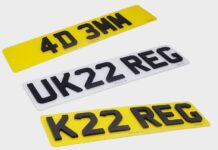The crossover called CX-5 is one of the most successful vehicles designed by Mazda since it accounts for about 25% of all the company’s sales. Dave Coleman, Mazda’s manager of vehicle dynamics engineering, stated: “We wanted to mainly not mess up the steering and handling, we wanted to dramatically improve the NVH [noise, vibration, and harshness], and improve the ride slightly.”
The engaging driving dynamics and exquisite powertrains have always been a forte of the CX-5, but the customers were mostly repelled by poor sound isolation and the ride quality. The engineers have tackled these issues on the 2017 Mazda CX-5, which has also improved regarding exterior and interior design.
Exterior
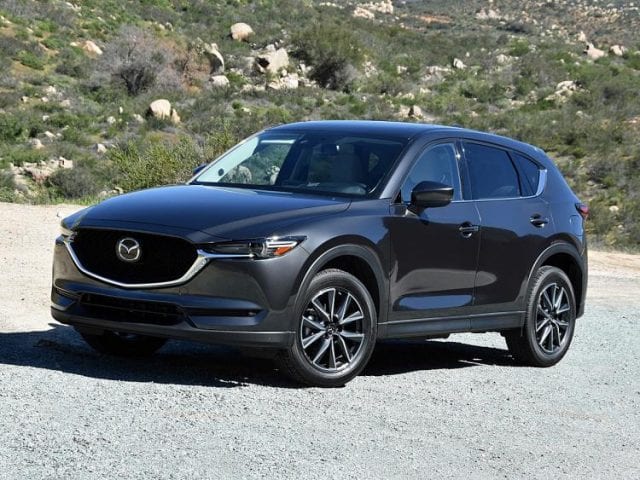
The design changes are not massive, and even the previous model was stylish enough, but the hood underwent the largest change as it now stretches out above the headlights imitating the CX-9’s long-nose appearance. The headlights feature LEDs, while they are optional at the back. The color you see in the photos is Soul Red Crystal, but we have, to be honest, and say that the CX-5 is attractive in any paint job.
Noise Reduction
To kick the noise outside the cabin, the CX-5 comes equipped with additional sound-deadening materials which have been installed almost everywhere. For example, the windows are dual-pane, the plastic parts in the trunk are lined with felt or carpet, while the team added thicker seals around the vehicle. Moreover, the doors come with a third rubber seal, the windshield wipers are positioned lower than usual, and there are some extra insulation materials in the C- and D-pillars whereas Mazda also made a tighter gap between the bottom door edge and the body and a new felt-lined underbody tray.
They have finally done it! There is no more excessive noise in the cabin, and you can talk with easy, listen to music which will not intervene with the engine and wind noises. Mazda’s interior has become way better, and it became suitable for a car like this, but because of additional noise reduction parts that had to be added, Mazda became a bit heavier, but I suppose that is fine.
Engines and Driving Experience
The Japanese automaker offers only one engine for its CX-5, and it is a 2.5-liter I4 that remains identical to the one on the previous model. It will continue to produce 185 lb-ft of torque, but the horsepower goes from 184 to 187, which is an insignificant difference. However, there is new engine-control software, new asymmetrical oil-control ring, and new pistons, which is essential for responsiveness of an engine with a 13:1 compression ratio. The 2017 model will not sport a 155-hp 2.0-liter unit and its six-speed manual transmission.
There is not much to say here since it is the same engine that is just right for the CX-5 – it is never slow and sluggish while its acceleration is never going to glue you to your seat. The powerplant is connected to a six-speed automatic transmission that downshifts frequently, and for this year it has been changed for more responsive kick down. When it comes to fuel efficiency, the FWD version is rated at 24 mpg city and 31 mpg highway, while the AWD one has the ratings of 23 mpg city and 29 mpg highway.
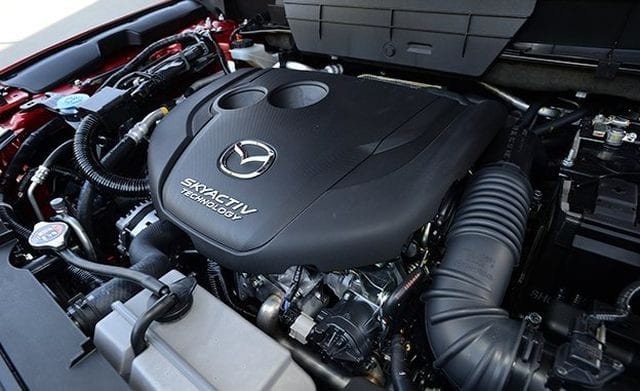
Note that Mazda promises a more efficient turbodiesel engine for the CX-5 by the end of the year, but the details have been scarce.
According to Coleman, the suspension is “softened, ” and that is the only thing that has changed. Mazda CX-5 has always been famous as an engaging and fun-to-drive vehicle, and most customers buy this car for this reason. However, there are some modifications made to improve comfort, the steering rack is directly bolted to the front subframe on the 2017 model, whereas the three rubber mounts have been removed. To stop the unwanted harshness from kicking in, Mazda decided to put a liquid-filled unit instead of a front control arm bushing.
The engineers were once again successful as the Mazda CX-5 2017 became more comfortable, especially when you are driving the car over bumps, but that engaging character of the car is not ruined. It is very comfortable on every road, and it feels like Mazda will take care of the path ahead of you, absorbing any imperfections. The CX-5 is sharp in turns, and you can attack the corners quickly, and the car will remain stable, while you will be in control. The steering is heavy, though and it is not the most responsive, but there is some feedback that you do get.
2017 Mazda CX-5 Interior
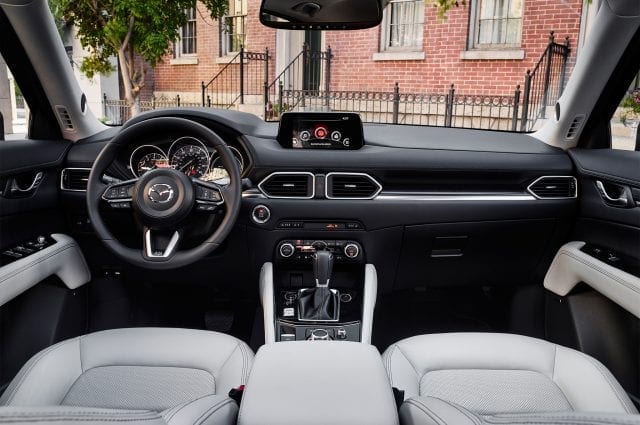
The cabin has become similar to the one of the Mazda CX-9, and there are new polygonal air vents, front door armrests which became flat, new gauges with a 4.7-inch color trip computer. The shifter is easier to reach as it has been moved forward, whereas the optional head-up display is now full-color and its projections are visible on the windshield. Furthermore, Mazda Connect infotainment system now sits at a tablet-like spot at the top of the dashboard.
Some tiny changes are not noticeable such as the new side-view mirror that provides better visibility, door handles, which are closer to the driver and passengers and the exterior door handles which are redesigned for easier gripping. Also, you can opt for the windshield wipers with an electric heating element and a new sound system design, and there is a larger sunroof.
The cargo space has been slightly reduced, and it falls from 34.1 to 30.9 cubic feet, but when you lower the rear seats, you will get 59.6 cubic feet, which dropped from 65.4. The reason for this is lower roofline on the new model plus they cut the floor-to-ceiling height by 2.1 inches. Some of the most important equipment that you can find in the new Mazda CX-5 are heated rear seats and rear USB ports, which were not available before, heated steering wheel, power liftgate and the rear seat recliners, all of which have become a part of Mazda for the first time. Some of the optional features are a 360-degree camera, support for Apple CarPlay and Android Auto and cooled seats, to name a few.
Mazda CX-5 2017 Price
According to the Japanese automaker, 48 percent of CX-5 buyers will opt for the loaded Grand Touring trim which gives the car an average transaction price of slightly over $28,000. The starting price of the base model is $24,985 for the FWD Sport, which is followed by the $26,855 Touring model. The range ends with an AWD Grand Touring that costs $31,655. You should know that the installation of AWD on any trim costs $1,300.
